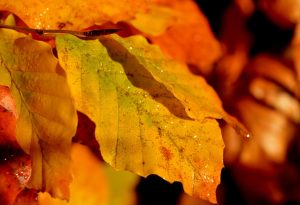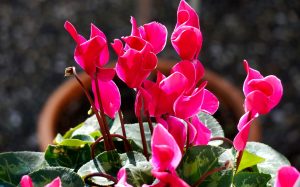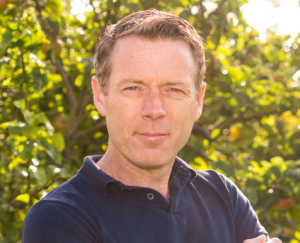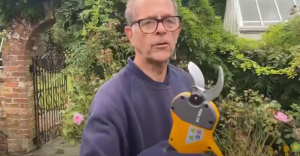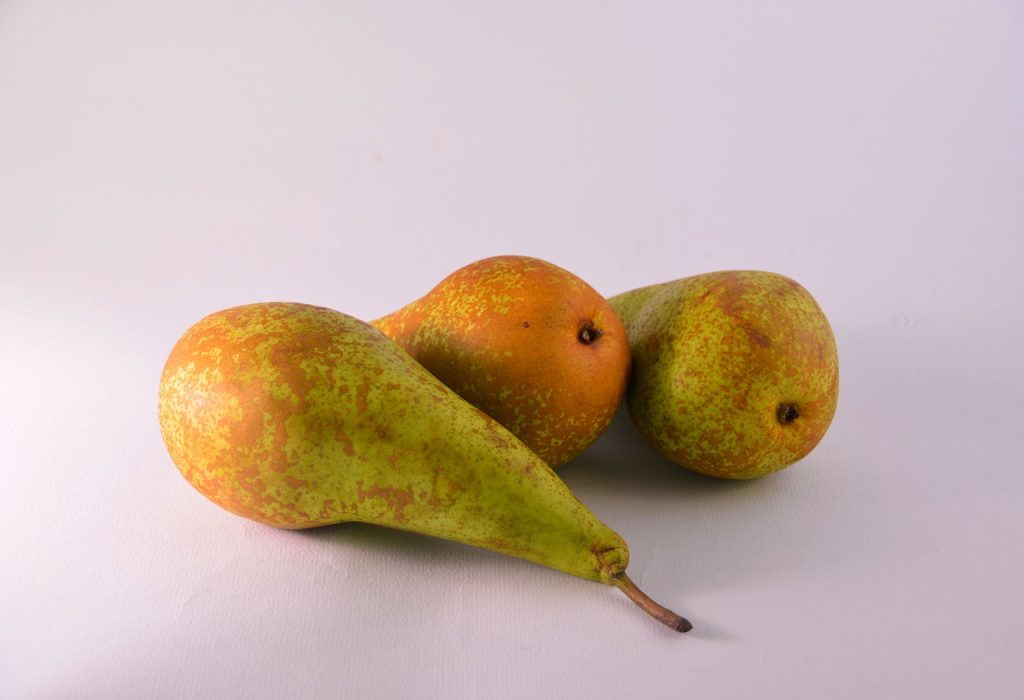
The Rivers Nursery based in Sawbridgeworth on the Essex/Hertfordshire border was world famous for it’s cultivation of early fruit varieties designed to aid the Victorian kitchen gardener in their quest to produce delicate soft fruits for the high and mighty’s dinner table.
Early rivers varieties were cultivated in the rich growing soils of the nursery in England and taken all over the world. The Conference Pear is perhaps the best and most well known variety and still in wide circulation.
Walk into any supermarket and you can handle a piece of the Rivers Nursery history by purchasing a Conference Pear.
Elizabeth Waugh is the archivist of the Rivers Heritage Site and Orchard and has written a book called ‘Rivers Nursery of Sawbridgeworth – The Practical Art of Pomology’, which is available to buy. She says that the Conference Pear was developed and named after a pear conference in London held in 1885. Pomology is the practice of fruit development or the science of fruit-growing.
“There was a national pear conference and the pear that Thomas Rivers submitted won first prize. There after the Rivers’ pear was marketed under the name of Conference Pear,” said Elizabeth.
Do you cultivate any special historic fruit tree varieties? If so, post a comment about them below >>>
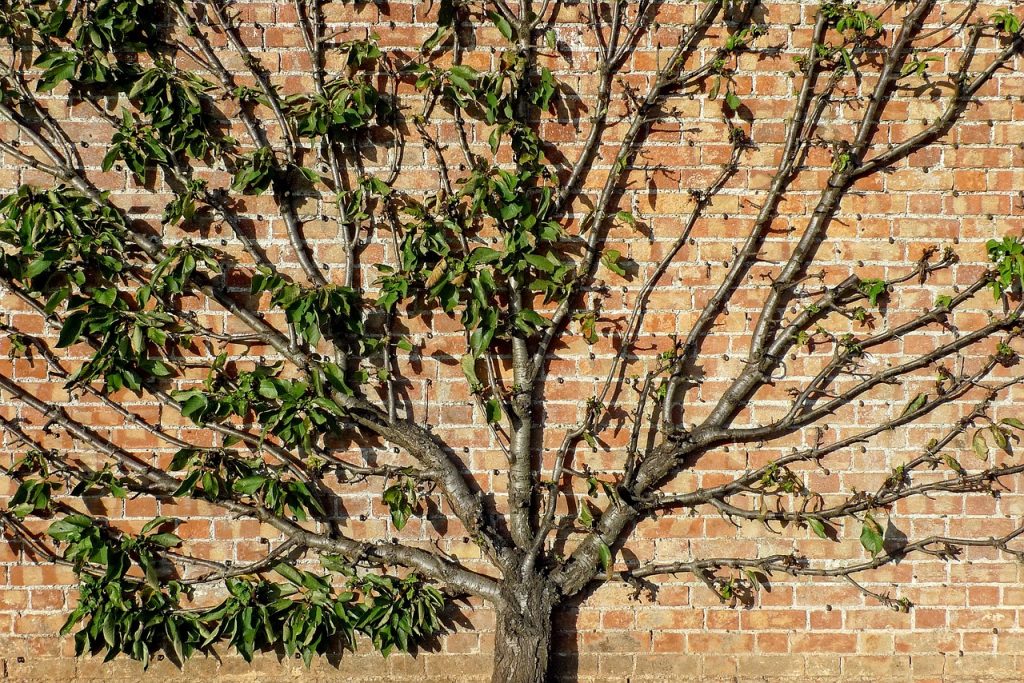
The nursery closed in 1987 and all that remains in the town of Sawbridgeworth of the once famous centre of plant production is the Rivers Heritage Site and Orchard. A group of volunteers continue to maintain a public orchard with many of the historic varieties growing.
Elizabeth Waugh says: “A group of volunteers… started gathering together a group of likeminded people to work outdoors and take the scrap of land, it’s about 4 acres. We try to make it visible as an orchard.”
The area that is now the community orchard was once a show orchard and Elizabeth picks-up the story of the heritage site: “These trees were used as so-called ‘Mother Trees’ where you could take grafts to put on many root stocks. If someone wanted to know what a tree would look like, they could be taken up there and shown the variety. The group has been going for around 30 years since the 1990s and a tremendous amount of work has been carried out at the site.”
The restoration of the walled kitchen garden at Audley End House in 1999 brought with it a new orchard glasshouse. This was constructed to the exact specifications as set out by Thomas Rivers and would have cost £28 and 5 shillings to build in 1859. That’s around £3,000 in today’s prices.
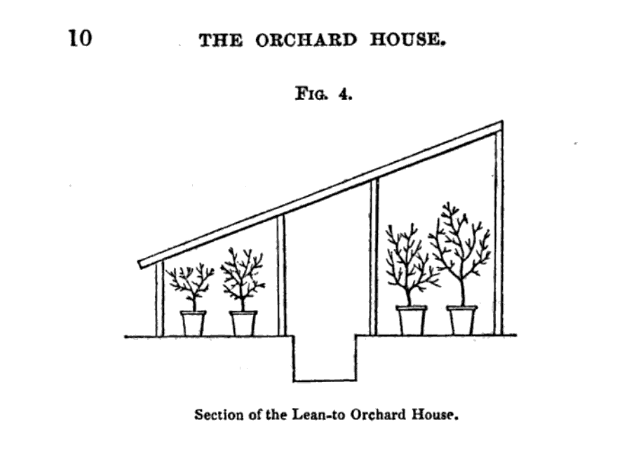
In addition to the glasshouse in big walled kitchen gardens for large stately manor houses, gardeners made use of a technique to fan out the fruit trees on the brick walls. This allowed the trees to benefit from increased temperatures within the walls and also the access to sunlight.
This is know as ‘Espalier’ fruit tree growing and became more popular in the Victorian period, especially as important owners of large country houses demanded exotic fruits on their dinner tables earlier and earlier in the season.
Fruit trees were mainly sold as bare root stock during the Victorian period and Elizabeth says there was plenty of work to package up some of these trees for transport around the globe and across the UK.
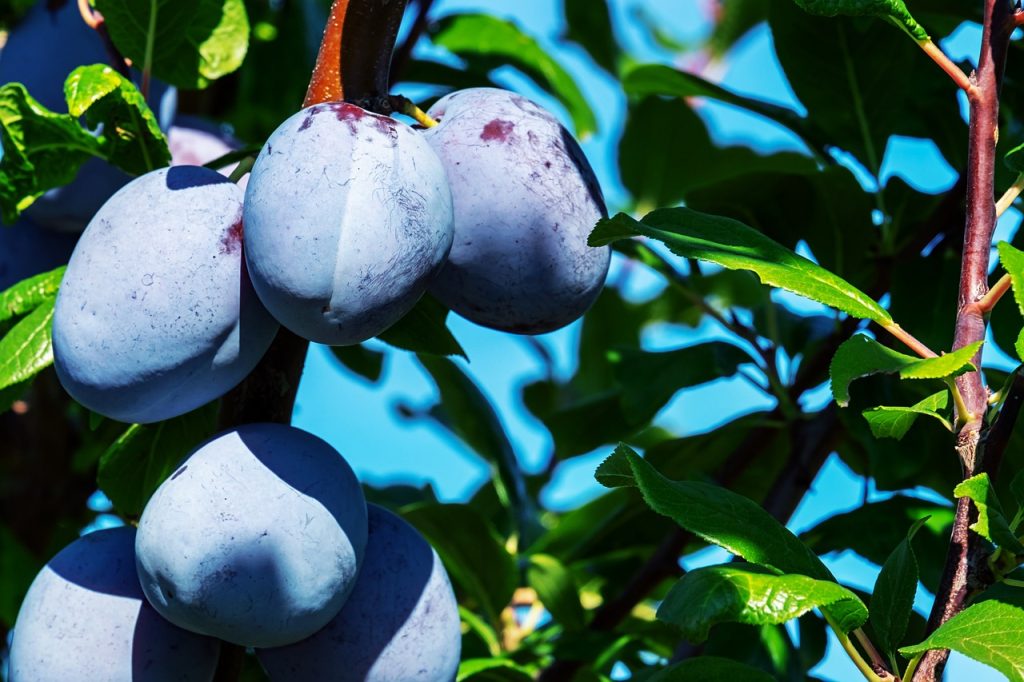
Elizabeth is a fan of the plums in the community orchard and she says there is upwards of 50 different varieties of apple. During October the heritage group runs a special apple day to allow people to taste the huge number of different varieties.
For more information on the Rivers Heritage Site and Orchard visit the groups’ website here.
It is a fascinating plot of land to visit and discover different tastes and flavours when events are held at the community orchard.
We should all be thankful that the volunteers are keeping alive a famous name in horticulture.
Don’t forget to sign-up today
For 2024, World Radio Gardening is planning a series of 4 exclusive newsletters. These will be loaded with extra special content and deals for you as a gardener. Make sure you don’t miss out by signing up today via the tab on the menu or click here to go direct to the sign-up page.
The first newsletter is out now – don’t miss the next one!
Also, don’t forget – if you like what we do, why not tip Ken and team with a coffee – Buy us a coffee – as a thank you for the work done to bring this website to life.




